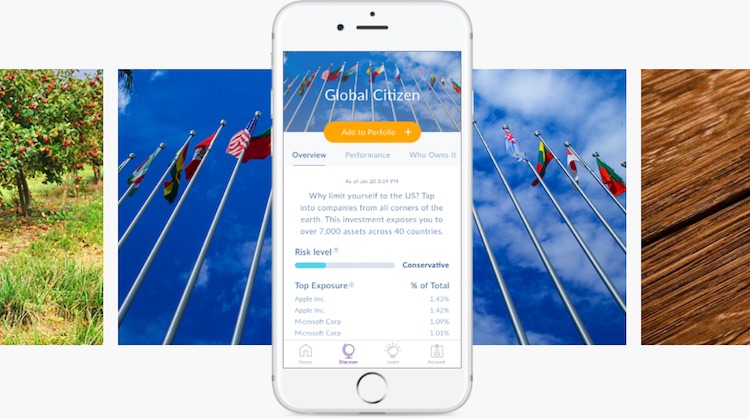Future of Investing
How Stash Invest is trying to reach the underserved
- Stash is now letting its customers invest in single stocks, broadening its product offerings beyond ETFs
- The product launch is a means for the company to reach out to prospects who subscribe to the company's newsletter








